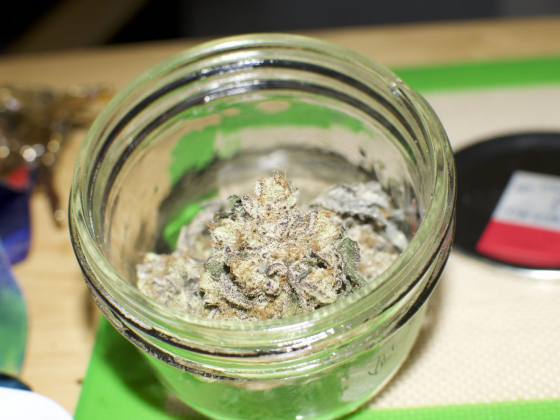
Red Pop - Royal Key Organics - Photo: Jimi Devine
Advertising disclosure: We may receive compensation for some of the links in our stories. Thank you for supporting LA Weekly and our advertisers.